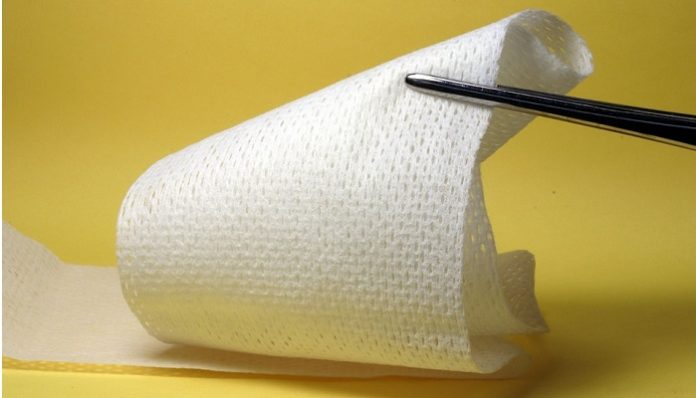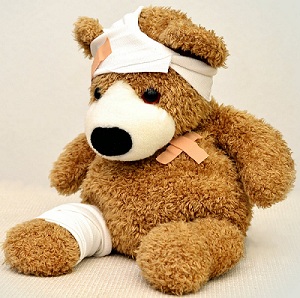Wounds are among the most common external injuries a person experiences to a point where people won’t mind them unless they’re severe or from a painful condition. You can get wounded from almost anything like falls, cuts, stubbed, surgery, ulcers, etc. However, proper care must be taken for its recovery regardless of its nature. In fact, the importance of wound recovery has been around for a long time since the early civilizations. Because of the lack of medicine, people take wounds seriously, and since then, great strides in recovery have been made.
To realize how proper care for wounds plays a vital role in recovery, let us examine injuries in particular and its nature:
What is A Wound?
We all had wounds and will continue to have them at some point in our lives, but what is it? By definition, it is a breakdown in the skin’s protective function; it is the loss of epithelium continuity with or without the loss of underlying connective tissue due to an injury to the skin or underlying tissues/organs caused by external or disease. The interference to its recovery is multifactorial such as an older person suffering a trauma can have other health conditions that affect its recovery.
Or an ulcer that drains large amounts of chronic wound drainage makes the surrounding skin irritated or sensitive. A clinician in charge of wound care needs to consider all possible factors influencing healing, the adverse effects of medications, and others. They must be able to assess the condition and other prevailing factors to develop appropriate management for its symptoms and, if viable, recovery.
Classifying Wounds
Alluding to the importance of a health professional’s knowledge of the wound for proper care, classifying the wound is important to the subsequent actions to be taken. Classification is done by several methods: their etiology, location, symptoms, depth, tissue loss, or clinical appearance. There are separate categories for grading ulcers, burns, diabetic foot ulcers, and general wounds. The latter can be classified as:
● Superficial
It is the loss of the epidermis only.
● Partial thickness
Damages to the epidermis and dermis
● Full thickness
Damages to the dermis, subcutaneous fat, and sometimes bone.
The most common type of classification is by identifying the predominant tissue types at the wound bed, black necrotic, and their respective proportion. The procedure is primarily visual, and a trained professional must be able to assess and reassess to support a good plan for management and recovery.
Phases of Recovery
The wound’s healing is a dynamic process regardless of whether it was the primary intention, subjected to a delayed closure, or left to heal by itself. It is divided into three major phases. Also, the process is not linear, and often it progresses and regresses through each phase depending on the external and intrinsic factors that influence it.
1. Inflammatory Phase
This is the body’s natural response to the wound. At this stage, the blood vessels contract, and a clot is formed. Once homeostasis is achieved, essential cells, antibodies, growth factors, enzymes, white blood cells, and nutrients start to flow as the blood vessels dilate. Proper care must be observed at the surrounding skin, monitoring for signs of maceration. At this stage, signs of inflammation can be observed along with erythema, heat, edema, pain, and functional disruption.
2. Proliferation Phase
During this stage, the wound is rebuilt with new granulation tissue composed of collagen and extracellular matrix. With the right care, proper granulation can be achieved, which can be described as uneven in texture, resistant to bleeding and is pink or red in color. The color is indicative of the condition as dark granulation is a sign of poor perfusion.
3. Maturation Phase
This is the final phase wherein the wound is closed. It involves remodeling of the collagen from Type III to Type I. There is less cellular activity, and the surrounding blood vessels decrease.
4. Minimizing Infection
Since the skin protects the entire body from foreign bodies infecting our more vulnerable organs, clinicians must be able to minimize the chances of infection. This is primarily important to big gaping wounds and chronic wounds wherein the skin is broken extensively, exposing the body to several complications. The health professional must be able to reduce the chances of infection by changing the dressings, examining the progress (mentioned above), and other observations about the current status of the wound. Generally, the wound must be cleaned and sanitized once a day, and dressings are changed.
Wound recovery is a complex process and is heavily influenced by the environment and the patient’s health condition. The right professional with adequate knowledge in the physiology of wound care is vital in caring for the wound at its different stages, with different classifications, and looking for underlying causes for chronic wounds.
























